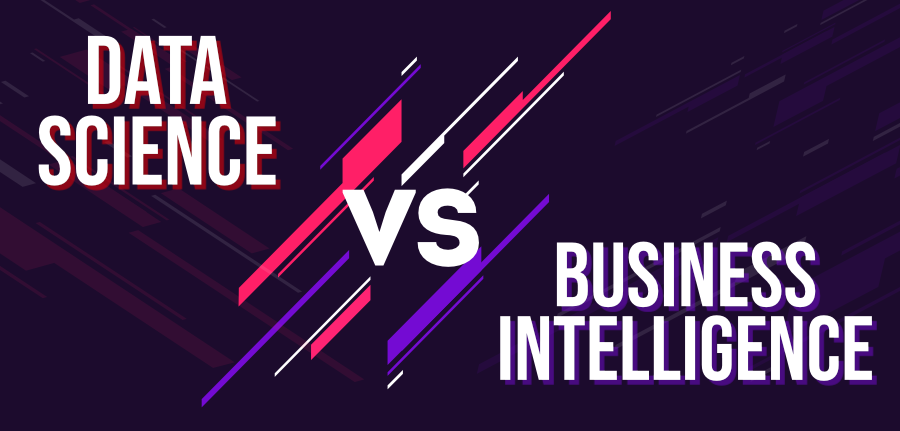![]()
Introduction
Building great data science models is key to success in business. Understanding the difference between data science and business intelligence is key to using these to succeed in your business and career. Simply put, without understanding data itself, and without listening to data you will never be able to build good models. So, first thing first you have to build good dashboards to listen to stories that your data has to tell you, and then build models to find where your data will lead you in future.
Lets say, your goal is to predict which banking transactions are potentially fraudulent ? To answer this question you build a dashboard that identifies fraudulent behavior. For example, your dashboard filters transactions by time duration and distance by card holder and try to identify transactions having odd behavior e.g. cardholder having transaction count great than 1 in less than 5 minutes, or cardholder having distance greater than 5 kilometers between two transactions within 5 minutes.
What is Data Science
Turing award winner Jim Gray imagined data science as a “fourth paradigm” of science (empirical, theoretical, computational and now data-driven) and asserted that “everything about science is changing because of the impact of information technology” and the big data.
Data science involves the use of statistical and machine learning techniques on big, multi-structured data in a distributed computing environment for variety of reasons, including:
- Finding correlations and causal relationships
- Classification and prediction of events
- Identification of patterns and anomalies
- Inferring probabilities, interest, and sentiment
In many cases, the patterns identified are used to drive automated actions in response to events of interest.
Business Intelligence versus Data Science
Business intelligence and data science are two closely related but different domains that are closely connected and applied together in many cases. Data science is forward-looking and can answer predictive as well as prescriptive problems(see table). Business intelligence involves retrospective analysis and produces artifacts such as dashboards and reports.
| Business Intelligence | Data Science |
| What happened in the past ? | What may happen in future ? |
| Used to produce reports, dashboards having relevant KPIs | To build models for accurate predictions based on past data |
| Provides descriptive stats and answers descriptive questions | Provides predictions, and may offer prescriptions or possible solutions |
How do We Use Data Science ?
Data science complements existing business intelligence solutions by modernizing existing reporting solutions, analytics solutions, business intelligence solutions, and even data management solutions.
In a typical corporate environment such as banks, insurance, e-commerce and other such organizations, we have a lot of data in relational database systems(OLTP systems) and data warehouses(OLAP systems); and a system of reporting and dashboards for supporting executives in business decision making.
Executives and customers in corporate environments have a lot of retrospective analysis but would benefit from predictive analysis provided by data science. This is the reason that data science driven systems are often built on top of existing business intelligence or classical reporting solutions.
Data science capabilities that extend existing descriptive analytics include predictive analytics and prescriptive analytics(see table). It is easy to see that if we knew which products we will sell in which markets and when then we can increase our sales while improving customer satisfaction through availability and timely delivery.
| Descriptive Analytics | Predictive Analytics | Prescriptive Analytics |
| What were the most sold products in the last quarter ? | How many products do we expect to sell in next quarter ? | What is the best strategy for achieving sales targets for next quarter ? |
| What is the revenue trend for the last few quarters ? | What is the expected revenue for next few quarters ? | What is the best advertising strategy for achieving revenue targets ? |
